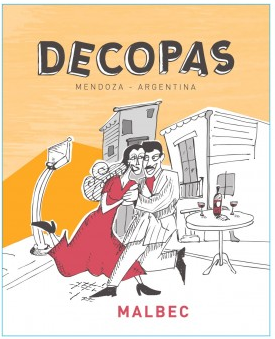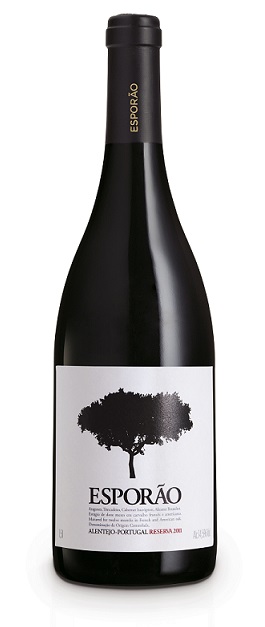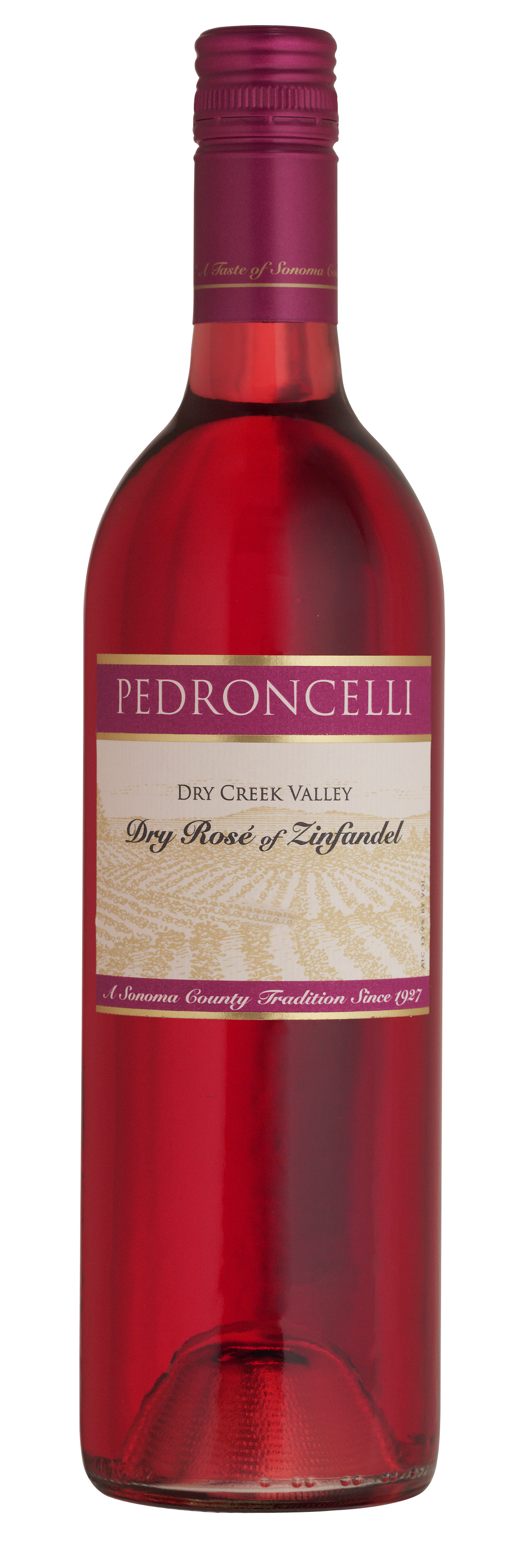I recently tasted a selection of wines from Flat Top Hills with Head Winemaker Randy Herron and Consulting Winemaker Angelina Mondavi. We met over Zoom and discussed not only these specific wines, but also the project in general.
Flat Top Hills is named after a piece of property in the Dunnigan Hills that the Mondavi Family has owned for years. They supplement their Estate fruit with select purchases of fruit in other regions such as Alexander Valley, The Sierra Foothills and Dry Creek Valley.
Flat Top Hills is an environmentally friendly producer. Whether it’s Farming practices, Green facilities, or being Socially Equitable, their across the board their practices are consistent. That’s not something always seen in a brand coming to market with value driven wines.
A number of things impressed me about this set of wines. Across the board they’re full of varietal character. These wines are proportionate and they’re dry. Often when it comes to wines in the vast under $20 category, the offerings tend to be fit for palates looking for sweet wines. In speaking to Randy and Angelina it’s clear the goal is to create wines that are a step up in quality from the entry level wines many begin their drinking journey with. And while lots of wine lovers have started their journey with wines that have a little bit of residual sugar in them and moved on to other things eventually, there isn’t always a clear path forward. Having wines that are well made, dry, and well-priced offers a natural place for consumers to graduate to.
Flat Top Hills 2018 Sauvignon Blanc ($14)
The moment I sampled this Sauvignon Blanc my interest was piqued. Citrus notes abound from the first whiff to the last sip. This crisp and refreshing SB is balanced and food friendly.
Flat Top Hills 2018 Chardonnay ($14)
Green apple notes are the dominant characteristic here. Hints of spice are evident too along with wisps of Bartlett Pear. This is terrific entry level Chardonnay to pour for someone who thinks they don’t like Chardonnay.
Flat Top Hills 2019 Rosé ($14)
Composed of Dolcetto, Grenache, and Carignane, this Rosé is a bit darker hued than the “extremely pales Rosé” that lives in my minds eye. Don’t let the color fool you, this is an excellent example of Rosé and one of my two favorites of this lineup. Red fruit drives the aromatics and the flavors here. Red apple, cherry and cranberry are evident along with a touch of vanilla bean. I warn you it’s hard to stop drinking this once you start.
Flat Top Hills 2016 Red Blend ($16)
The under $20 Red Blend category is easily the most afflicted when it comes to sweet wines lacking character or depth. This blend of Merlot, Zinfandel, and Petite Sirah puts the lie to that notion. This wine is dry, balanced and eminently food friendly. Dark fruit, spice and dusty chocolate notes are all evident. If you’re looking for a house red to purchase by the case, this would be a fine choice.
Flat Top Hills 2017 Cabernet Sauvignon ($16)
Blueberry, plum and black cherry notes are evident here from the moment you stick your nose in the glass. Savory herbs, hints of vanilla and a dusting of cocoa are present as well. Crushed cherry notes drive the solid finish.


 Thanksgiving is less than a week away! That means we all need some wine to serve our guests or ourselves, preferably both. Spending top dollar to get good wines is fairly simple. Finding value driven offerings that get the job done is a bit more challenging. Here are some delicious selections that will work well for your Thanksgiving meal. With one exception they all clock in under $25. Even at lower price points it’s nice to have one splurge wine to consider.
Espirit du Rhone 2013 Cotes du Rhone AOC ($11.99)
Thanksgiving is less than a week away! That means we all need some wine to serve our guests or ourselves, preferably both. Spending top dollar to get good wines is fairly simple. Finding value driven offerings that get the job done is a bit more challenging. Here are some delicious selections that will work well for your Thanksgiving meal. With one exception they all clock in under $25. Even at lower price points it’s nice to have one splurge wine to consider.
Espirit du Rhone 2013 Cotes du Rhone AOC ($11.99) Georges Dubeouf Chateau les Capitans Julienas 2011 ($18.99)
Georges Dubeouf Chateau les Capitans Julienas 2011 ($18.99) We proceeded to walk a few blocks to
We proceeded to walk a few blocks to 
 First up is the Pedroncelli 2011 Dry Rosé of Zinfandel. This Rosé is produced from fruit sourced in the winery’s home appellation of Dry Creek Valley. It’s a 100% varietal wine. Pedroncelli has been making Rosé since the 1950’s. Fermentation took place in temperature controlled stainless steel tanks. This wine saw no oak treatment. Just fewer than 1,000 cases were produced and it has a suggested retail price of $11. Aromas of strawberry and raspberry emerge from the welcoming nose of this Rosé. Cherry flavors dominate the palate along with hints of white pepper. Vanilla, and continuing juicy red fruit flavors continue on the crisp and refreshing finish. This a lovely dry Rosé of Zinfandel with some perceived sweetness from all the engaging fruit flavors. This is an excellent choice for a picnic.
First up is the Pedroncelli 2011 Dry Rosé of Zinfandel. This Rosé is produced from fruit sourced in the winery’s home appellation of Dry Creek Valley. It’s a 100% varietal wine. Pedroncelli has been making Rosé since the 1950’s. Fermentation took place in temperature controlled stainless steel tanks. This wine saw no oak treatment. Just fewer than 1,000 cases were produced and it has a suggested retail price of $11. Aromas of strawberry and raspberry emerge from the welcoming nose of this Rosé. Cherry flavors dominate the palate along with hints of white pepper. Vanilla, and continuing juicy red fruit flavors continue on the crisp and refreshing finish. This a lovely dry Rosé of Zinfandel with some perceived sweetness from all the engaging fruit flavors. This is an excellent choice for a picnic. While I’ve been drinking Chilean wine for many years I feel reinvigorated to taste more and more of them lately. For several decades now we’ve been able to find lots of value in Chilean Wine on US shelves. But now we’re also seeing greater and greater numbers of wines in all price categories. Prices, styles and quality vary; but the bang for the buck is pretty constant across all tiers. Of course not every wine is great, but there are a lot out there to love. Today I’ll look at a Chilean blend from the Maule Valley.
The Oveja Negra 2008 Lost Barrel was produced using fruit sourced in the Maule Valley of Chile; more specifically from the winery’s San Rafael Vineyard. This blend is a combination of Syrah (40%), Carignan (40%), Carménère (18%), and Petit Verdot (2%). The Carignan vines have 40 years of age on them. The wine was aged in French oak barrels for 12 months. It has a suggested retail price of $25.
While I’ve been drinking Chilean wine for many years I feel reinvigorated to taste more and more of them lately. For several decades now we’ve been able to find lots of value in Chilean Wine on US shelves. But now we’re also seeing greater and greater numbers of wines in all price categories. Prices, styles and quality vary; but the bang for the buck is pretty constant across all tiers. Of course not every wine is great, but there are a lot out there to love. Today I’ll look at a Chilean blend from the Maule Valley.
The Oveja Negra 2008 Lost Barrel was produced using fruit sourced in the Maule Valley of Chile; more specifically from the winery’s San Rafael Vineyard. This blend is a combination of Syrah (40%), Carignan (40%), Carménère (18%), and Petit Verdot (2%). The Carignan vines have 40 years of age on them. The wine was aged in French oak barrels for 12 months. It has a suggested retail price of $25. When was the last time you had a glass of Carignane? If the answer is that you never have, I’m not surprised. More often than not, this varietal ends up blended with other grapes. Sometimes it’s a serious player in an overall blend, other times it plays a supporting role in a varietal wine of another type. On occasion it’s bottled by its lonesome and the results do vary, but when the conditions and the winemaking are right a lovely wine can result. Today I’ll look at
When was the last time you had a glass of Carignane? If the answer is that you never have, I’m not surprised. More often than not, this varietal ends up blended with other grapes. Sometimes it’s a serious player in an overall blend, other times it plays a supporting role in a varietal wine of another type. On occasion it’s bottled by its lonesome and the results do vary, but when the conditions and the winemaking are right a lovely wine can result. Today I’ll look at